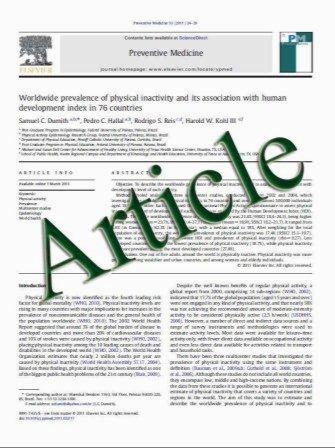Development of an acute obstructive hydrocephalus model in rats using N-butyl cyanoacrylate
- نوع فایل : کتاب
- زبان : انگلیسی
- مؤلف : Yong Sook Park & Seung Won Park & Jong Sik Suk & Taik Kyun Nam
- چاپ و سال / کشور: 2011
Description
Purpose Previous animal models of obstructive hydrocephalus that was frequently combined with subarachnoid inflammation are not suitable for investigating cerebrospinal fluid (CSF) flow between ventricles and cisterns in obstructive hydrocephalus. In this study, we attempted to develop a new animal model for obstructive hydrocephalus in rats sparing subarachnoid space using N-butyl cyanoacrylate (NBCA). Methods Hydrocephalus was induced in adult male Sprague–Dawley rats with NBCA (n=15) or with kaolin (n=10). For the NBCA model, a silicone tube was inserted through the foramen of Magendie into the fourth ventricle, into which 20 ىL of a mixture of NBCA and ethiodized oil was injected. For the kaolin model, 100 ىL of 20% kaolin solution was injected into the cistern magna. The rats in the NBCA and kaolin groups were sacrificed 3 and 21 days after surgery, respectively. Results Eleven rats in the NBCA group developed hydrocephalus (73.3%), with a 13.3% mortality rate. The kaolin group showed hydrocephalus in eight rats (80%), with a 20% mortality rate. The mean Evans’ indices were 0.37± 0.02, 0.45±0.04, and 0.53±0.09 in the control, NBCA, and kaolin groups, respectively (p<0.05). There was no remarkable arachnoid adhesion or inflammatory change of the ventricular wall in the NBCA group. Conclusions The NBCA model seems to be a useful animal model for acute obstructive hydrocephalus with preserved subarachnoid CSF pathway. This model can be useful for studying CSF flow between ventricles and cisterns.
Childs Nerv Syst (2011) 27:903–910 DOI 10.1007/s00381-011-1398-9 Received: 20 July 2010 / Accepted: 17 January 2011 / Published online: 1 February 2011


